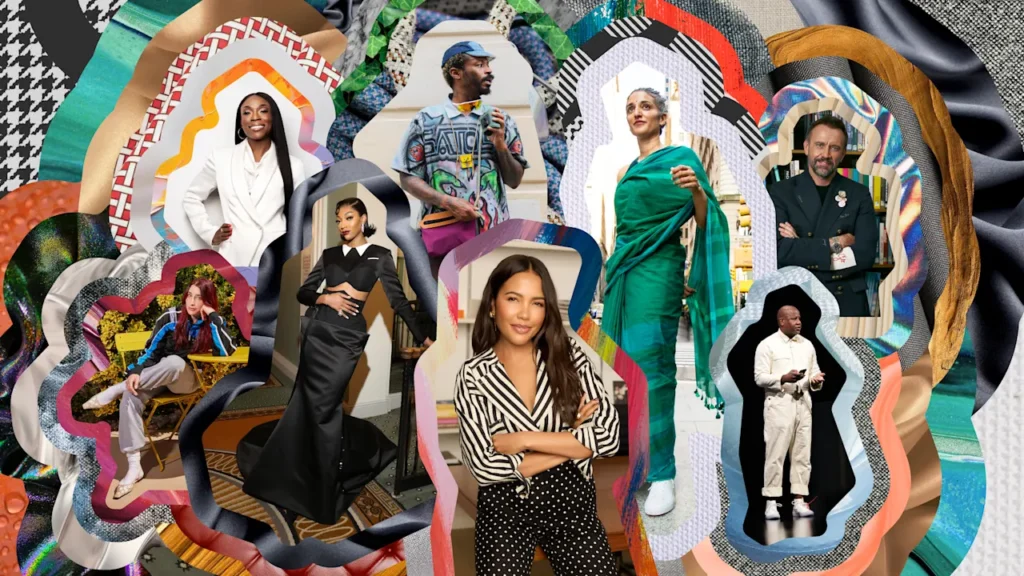
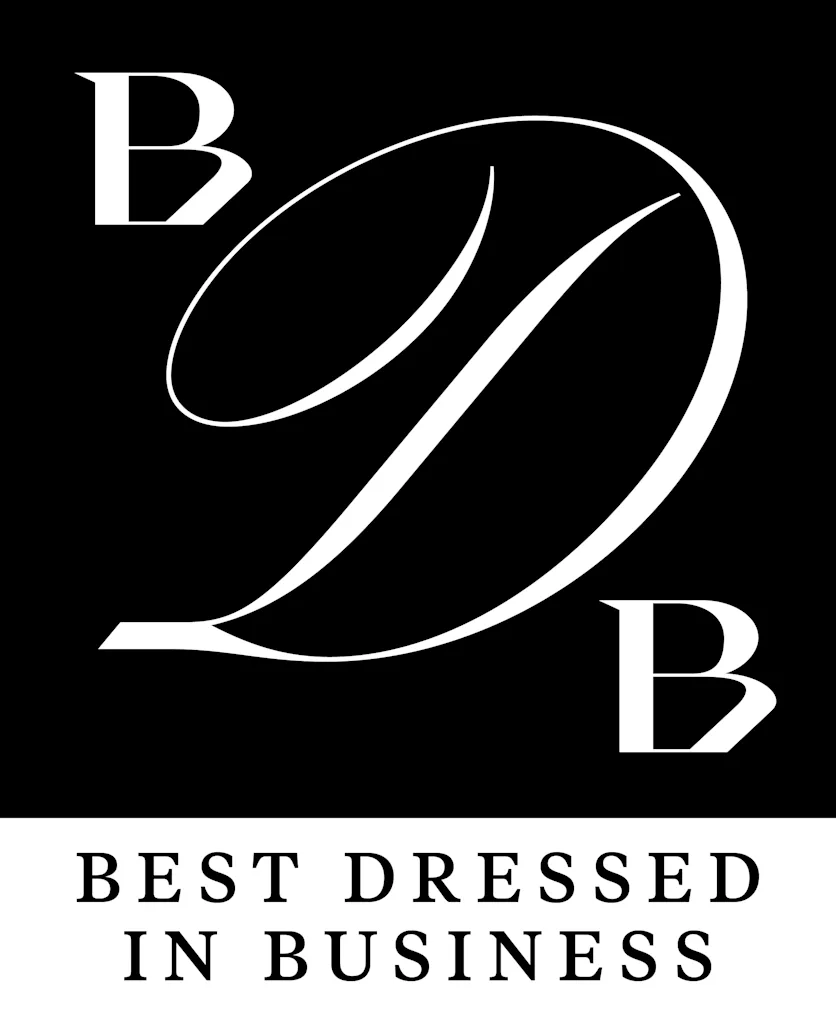
It took me 35 years before I learned how to dress well. And it took about that long to learn who I was. That timing is not a coincidence, as anyone on our inaugural Best Dressed in Business list will tell you.
For the first time in our three-decade history, Fast Company is celebrating fashion across the world of work: eight remarkable individuals ranging from athletes on the court of the WNBA to designers in the C-suite of Seoul to innovators at Apple.
This editorial initiative is not about whether quiet luxury or that cut of jeans is still in. It’s not about labels or influencers, either. It’s about celebrating those who are comfortable enough in their skin to stunt across the professional world. Because most of all, dressing well requires knowing oneself.
In some ways, the timing of this package couldn’t be more fraught. Both high fashion and fast fashion are encountering new challenges in the face of shifting consumer tastes. But never before has culture afforded us the license to dress in so many different ways for any given circumstance.
We live in an era of unbridled self-expression, fueled by social feeds and global retailers moving too fast to keep track of. This is an advantageous moment for individualism: There is no wrong way to dress anymore, and there are countless right ones.
For a lucky few, work offers a path toward self-actualization. And the way we dress for that occasion is something we are here to celebrate.
—Mark Wilson
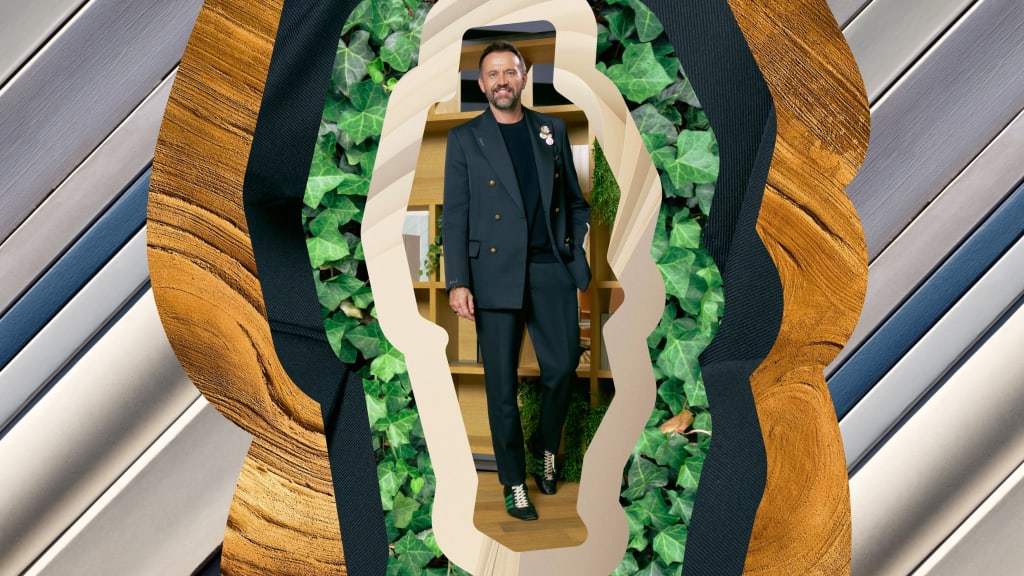
Mauro Porcini, chief design officer, Samsung
Mauro Porcini became the world’s first chief design officer at 3M, before taking the role at PepsiCo and, now, at Samsung. But as a designer seated in the boardroom, he admits to being constantly pulled between two worlds. His style captures this duality, and has served as a tool to be taken seriously as a creative in business—while helping him find peace within himself.

Emma Grede, fashion entrepreneur
Emma Grede is a mother of four who has spent most of her career building a fashion empire behind the scenes—and behind the Kardashians. As the cofounder of Good American, Skims, and Off Season, she’s created a constellation of brands that reach into the closets of people around the world. But she’s still managed to become a style icon in her own right by creating a rotation of classic pieces that she mixes and matches.

Angel Reese, forward, Chicago Sky
As an all-star forward for the Chicago Sky, Angel Reese is one of the most dominant players in the WNBA. But her draft class did more than add fresh competition to the league when it arrived with a splash in 2024. It awakened the spectacle of the sport, celebrating the uniqueness of players who broke free from their uniforms with expressive pregame tunnel walks.
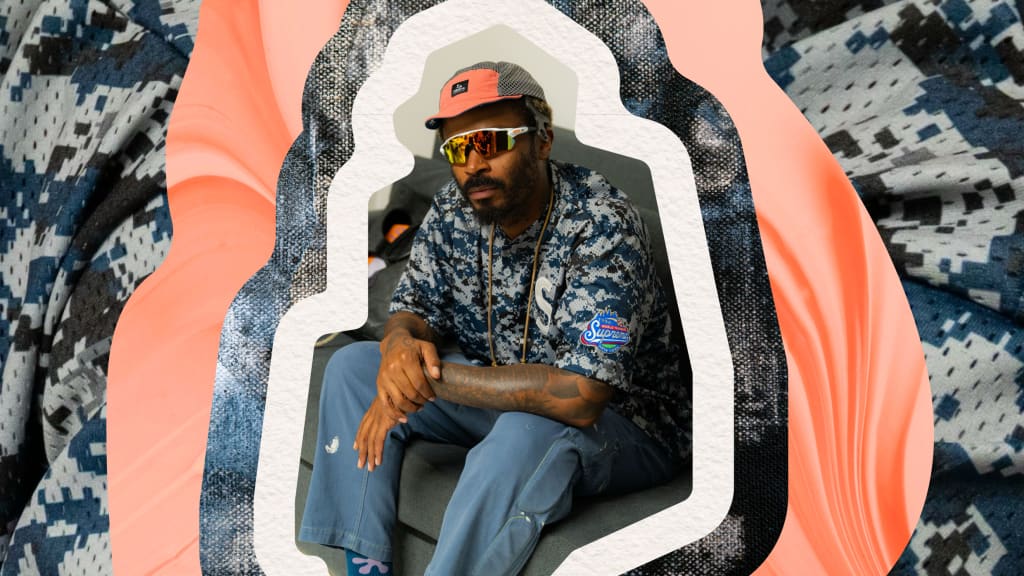
Salehe Bembury, shoe designer
One of the most in-demand designers in sneakers, Bembury has collaborated with New Balance, Crocs, Versace, Moncler, Vans, and other brands. With an aesthetic rooted in a combination of outdoor lifestyle and funky, organic shapes, Bembury has reimagined streetwear as something as biological as it is mechanical. His personal style is equally interesting.

Dara Treseder, CMO, Autodesk
Dara Treseder doesn’t have any interest in blending in. The marketing exec learned early in her career that stifling your perspective only has drawbacks. Now as the CMO of design software maker Autodesk, she embraces tailored, monochromatic outfits, often in bold, bright colors. It’s a way to stand out—and to make your voice heard.

Namrata Tripathi, founder and publisher, Kokila
With her Penguin Random House imprint Kokila, Namrata Tripathi celebrates marginalized voices in books for young people. But her quest for representation doesn’t end on the page. At work, she has become known for her “power saris,” and for the influential message her style sends to younger colleagues.
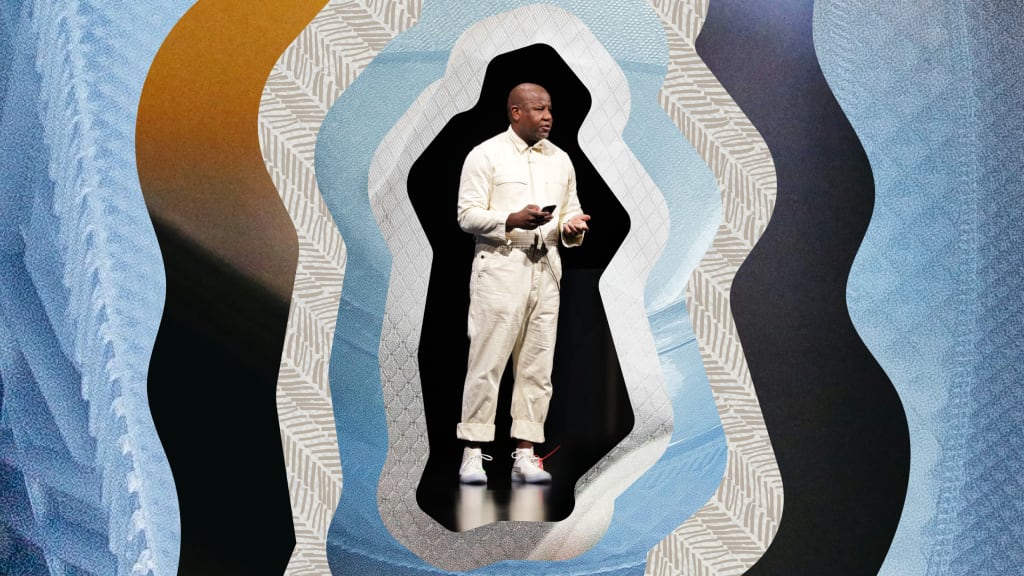
Wyatt Mitchell, senior design director, Apple
As a senior design leader at Apple, Wyatt Mitchell spends a lot of time thinking about how aesthetics and design choices show up in our everyday lives. This obsession doesn’t end at work; it extends to his distinctive personal style, which ranges from tailored suits to denim coveralls.
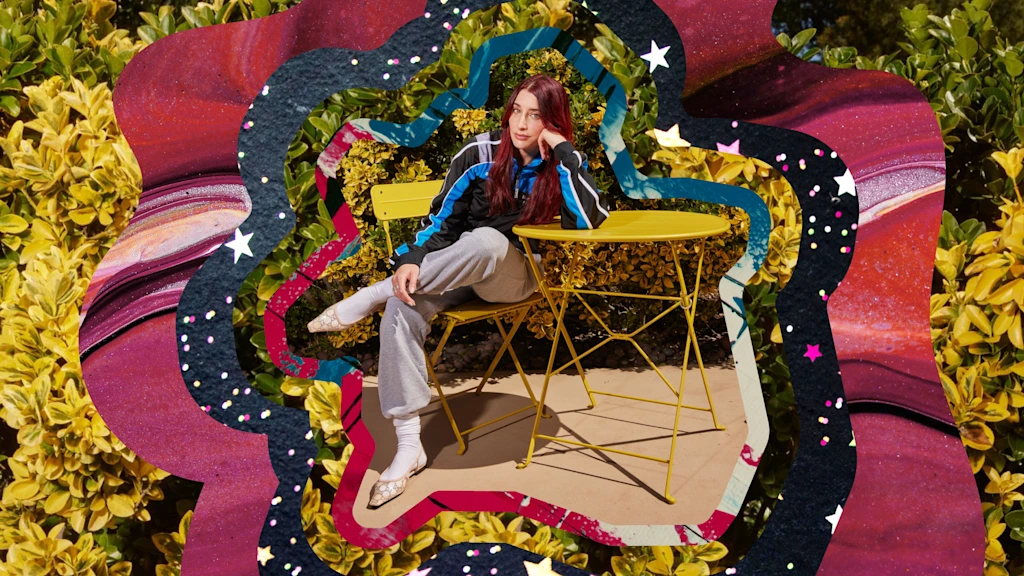
Julie Schott, founder, Starface
Julie Schott is known for selling Gen Z on her star-shaped pimple patches. But as she stepped into entrepreneurship, she ditched blazers and other wardrobe tropes for eye-catching track jackets and cherry red hair as a way to signal that her businesses are doing things differently.
Additional Image Credits
Abdul Rauf/Getty Images, Akbar Nemati/Unsplash, Alex Kalinin/Unsplash, Annie Spratt/Unsplash, boonchai wedmakawand/Getty Images, Cami/Unsplash, Chris Henry/Unsplash, Chris Taljaard/Unsplash, Craig Manners/Unsplash, Dasha Summery/Unsplash, Divazus Fabric Store/Unsplash, Flavio Coelho/Getty Images, George Webster/Unsplash, Greg Rosenke/Unsplash, H&CO/Pexels, Jayanth Muppaneni/Unsplash, Kasia Sikorska/Unsplash, kastanka/iStock/Getty Images, Kelly/Pexels, Kirill Pershin/Unsplash, ksushsh/iStock/Getty Images Plus, Magdha Elhers/Pexels, malerapaso/iStock/Getty Images Plus, Maria Kovalets/Unsplash, MirageC/Getty Images, Nate Bell/Unsplash, Nimble Made/Unsplash, Olga Thelavart/Unsplash, Omar Al-Ghosson/Unsplash, Pawel Czerwinski/Unsplash, Rick Rothenberg/Unsplash, Shoaib Sheikh/Unsplash, Shubham Mittal/Unsplash, Steve Johnson/Pexels, studiocasper/Getty Images, Susan Wilkinson/Unsplash, Tanja Ivanova/Getty Images, Thomas Lipke/Unsplash, Tony Chen/Unsplash, Trail/Unsplash, Witthaya Prasongsin/Getty Images

